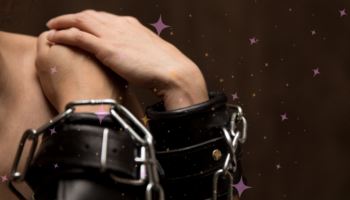Fordyce spots are small, slightly raised papules or spots that can appear on the genitals and face. They are a type of sebaceous gland without any hair follicles.
Fordyce spots usually measure between one and five millimeters. They are typically white, yellow, or flesh-toned in color, although ones located on the genitals often have a redder hue. They are harmless and not contagious, so they don’t typically require treatment. They are also very common, with between 70 and 95 percent of adults presenting with them.
They are also sometimes called Fordyce granules or ectopic sebaceous glands.
More About Fordyce Spots
Fordyce spots usually appear on the vulva, the shaft or glans of the penis, the scrotum, inside cheeks, and on the underside of the lips. Although they can appear on the genitals, they are not a sexually transmitted infection.
Fordyce spots are not painful or itchy. However, spots located on or around the genitals may bleed during sexual intercourse.
Men are more likely to have Fordyce spots than women. People with oily skin are also more likely to have these spots. Studies show people with Fordyce spots are also more likely to develop an inherited form of colorectal cancer and hyperlipidemia. However, scientists don’t believe Fordyce spots cause these conditions.
People probably have Fordyce spots from birth but only notice them around puberty, when hormones make the spots bigger and more pronounced. Stretching the skin makes Fordyce spots more visible. Usually people have a cluster of between 50 and 100 Fordyce spots, but occasionally people present with just one.
Fordyce spots are no cause for alarm, but you should see a doctor to make a definitive diagnosis. Some sexually transmitted infections, including genital warts, and cancerous basal cell carcinoma also cause similar-looking lumps. Usually your doctor will be able to tell just by looking at your lumps whether they are Fordyce spots. However, in some cases a biopsy may be required.
While Fordyce spots are harmless and can be safely left alone to fade naturally, some people do feel anxious about them. You should never pick or squeeze your Fordyce spots. This won’t make them go away and it could cause infections. Instead if you’re worried about them, consider electrosurgery, micro punch surgery, a vaporizing laser treatment, or another removal method recommended by your doctor or dermatologist.



